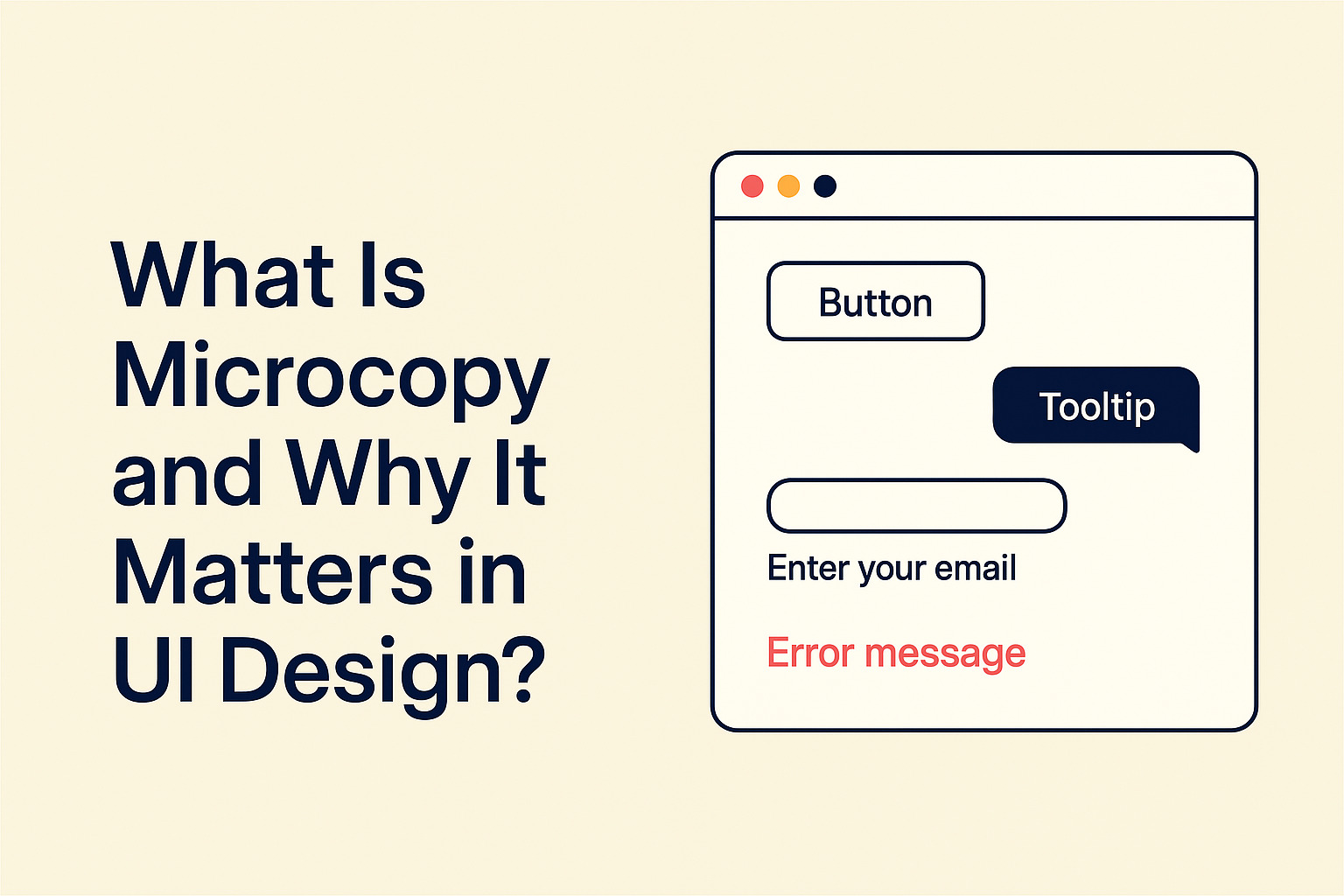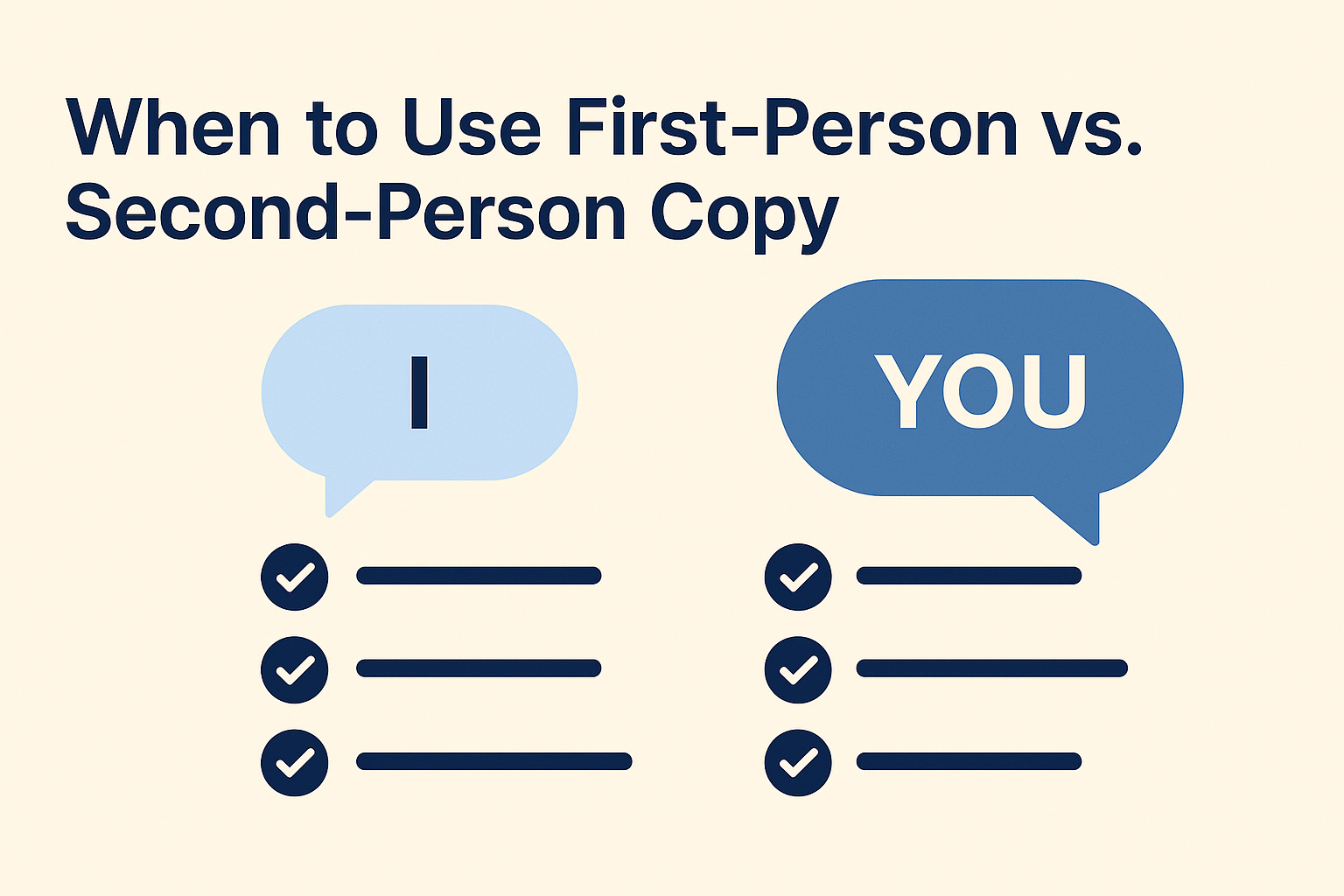UX writing is more than just selecting the right words; it is about crafting messages that guide users with clarity and purpose. This article explains exercises that boost your proficiency while providing hands-on techniques to shape precise and effective microcopy.
UX writers often balance clarity, brevity, and tone. To build these skills, consider a structured practice routine that includes targeted exercises. One effective exercise is to create microcopy for everyday interface components—error messages, button labels, and tooltips—using concise language that informs and directs users.
Exercise 1: Rewrite Common UI Text
Begin by reviewing standard UI text from your favorite apps. Identify sections that could benefit from improved tone and clarity. Rewrite each sentence to make it more direct and engaging without compromising clarity. This practice helps sharpen your ability to convey complex ideas in simple terms.
- Review: Read through the existing content.
- Rephrase: Change wording to improve readability.
- Test: Check the new text in context to ensure it fits seamlessly.
This iterative method reinforces the habit of critically assessing every word’s role.
Exercise 2: User Scenario Simulation
Imagine a variety of user journeys. For each scenario, write microcopy that addresses potential user questions and concerns. This exercise teaches you to anticipate user needs and respond in a reassuring tone. Develop a list of common user scenarios and create corresponding microcopy that guides the user step by step.
- Scenario Listing: Write down situations a user might encounter.
- Message Crafting: Produce clear and actionable text.
- Feedback Loop: Ask peers for input on tone and clarity.
Practicing with user scenarios builds your capacity to address real-world challenges in UX writing.
Exercise 3: Concise Communication Drills
Focus on reducing word count without sacrificing meaning. Pick lengthy interface messages and condense them to their most essential form. This drill improves your ability to make every word count. A strict word limit forces you to choose terms that provide the best clarity and impact.
- Identify Redundancies: Highlight repetitive or filler words.
- Refine: Edit to remove unnecessary parts.
- Compare: Assess if the shortened version maintains the original intent.
Through these drills, you develop a sharp eye for linguistic efficiency.
Exercise 4: Creative Constraints
Introduce creative constraints to stimulate your writing process. One interesting method involves selecting a random word and using that concept to shape a piece of microcopy. For example, use a random word generator to pick a term and incorporate its meaning subtly into your text. This approach challenges you to integrate unexpected ideas into a cohesive message, broadening your creative horizons.
Exercise 5: Peer Review and Iteration
A vital part of growth in UX writing is receiving feedback. Share your work with colleagues or online communities dedicated to UX writing. Listen to critiques and suggestions, then refine your text accordingly. Peer review is a reliable way to gain new perspectives and discover blind spots in your writing.
- Share: Distribute your drafts to trusted peers.
- Gather Feedback: Note suggestions for clarity and tone.
- Revise: Implement changes that genuinely improve the message.
This process encourages you to view your work from different angles, sharpening your overall communication skills.
Exercise 6: Analysis of Successful Interfaces
Study examples of interfaces with effective microcopy. Note how each word contributes to a smoother user experience. Create a list of observations on what works well and why. Then, apply these observations to your own writing exercises. Analyze how subtle changes can alter the user’s understanding and engagement with the interface.
- Collect Examples: Identify apps or websites known for strong UX writing.
- List Insights: Write down techniques you observe.
- Practice Application: Use these techniques in your own microcopy projects.
This analytical exercise not only improves your writing but also sharpens your eye for design and function.
Final Thoughts
Consistent practice with targeted exercises transforms your approach to UX writing. By rewriting common texts, simulating user scenarios, practicing concise communication, using creative constraints, engaging in peer reviews, and analyzing successful interfaces, you build a repertoire of skills that refine your writing style. Each exercise contributes to a clearer, more user-friendly product interface, making your UX writing more effective and engaging for users.




